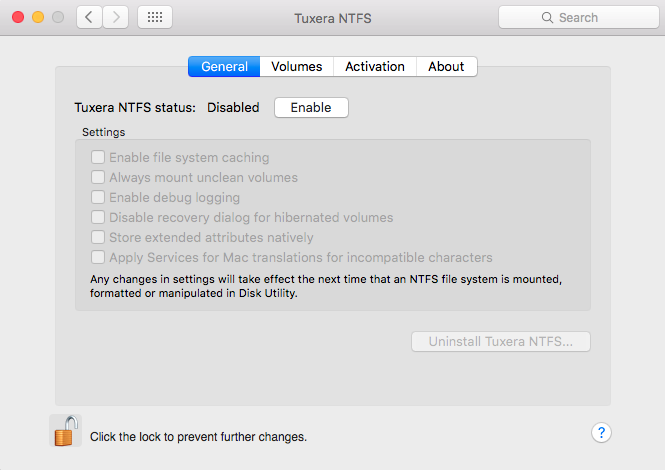

So, if users anticipate using the flash drive with more than one operating system, they will benefit from the FAT32 file system. For Apple Mac users, there are two ways to format a USB flash drive to FAT32: Disk Utility and Terminal command line. It's a universal format compatible with Mac OS X/macOS, Windows, Linux, and DOS systems. Compared with the other commonly used NTFS file systems on a flash drive, FAT32 has a compatibility advantage across many operating systems.

How to Format a USB Flash Drive with Mac to FAT32Ĭomputer users who use a USB might have the demand for formatting it to the FAT32 file system.

If you lost data due to formatting, run EaseUS file recovery software > Scan and recover formatted data. Full stepsĬonnect USB to Mac > Hit cmd + space keys > Type terminal and hit Enter. Connect USB to Mac > Go to Applications > Utilities > Disk Utility > Select USB and click "Erase".


 0 kommentar(er)
0 kommentar(er)
